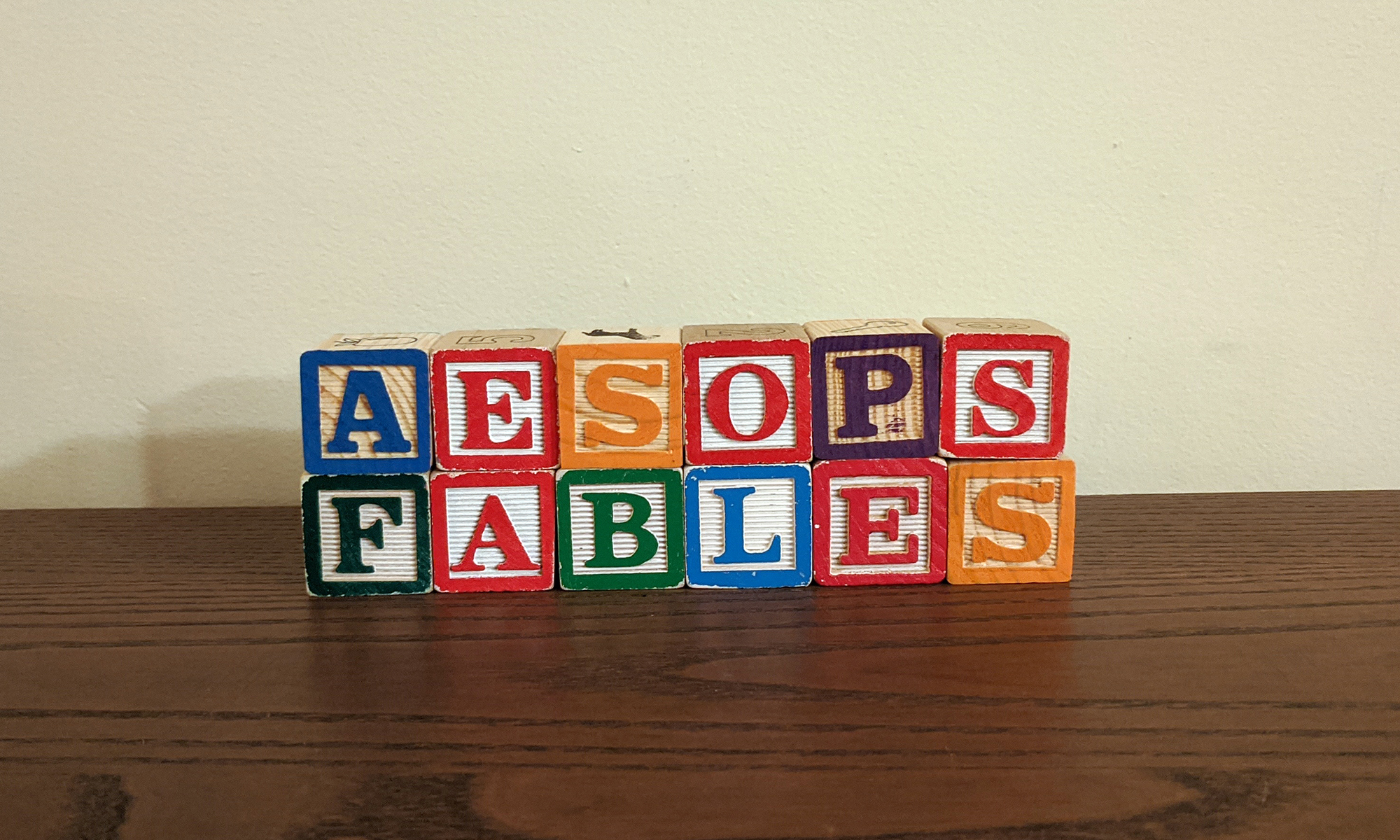“The Crow and the Pitcher” by Aesop doesn’t just have a wholesome moral that teaches children to solve problems with resilence and creative thinking. This fable also teaches about the concept of displacement in physics!
There’s also a fun video I’ve made to go with this episode at my YouTube channel, starring myself, my daughter, and a very cute puppet.
Activity: Volume Displacement as taught in “The Crow and The Pitcher”
Materials needed
– Black construction paper
– Safety scissors
– White crayons
– A clear plastic pitcher
– A large measuring cup with graduated measurement lines
– pebbles
– electrical tape in any color
– water
Have students use construction paper, crayons, and scissors to draw and cut out images of crows. A white crayon will stand out on the black paper to draw feathers, eyes, and beak details. If this project is being done for a Science Fair, you could buy a puppet instead as that makes for better storytelling.
Partly fill the pitcher with water. Use a strip of electrical tape to mark the water level on the side of the jug. Tell the story of The Crow and The Pitcher. Students can bring their crows to the pitcher as the bird attempts to drink. Have students add pebbles at the right moment in the story. Observe how the water rises as the pebbles displace volume. Have students bring their crows back to the pitcher when the water level is high enough that the bird can “drink.”
Pour off water into the measuring cup until the water level has gone back to the original position. Note the amount of water. This amount tells you the volume of the pebbles added to the pitcher. For younger students, keep the explanation simple: “that’s how much space the pebbles would take up if you could smoosh them all together.” Older students can learn that 1 milliliter equals 1 centimeter cubed, so the solid volume of the rocks in cm3 is the same number as the milliliters of displaced water.
Students may also be interested in researching how scientists have proven that crows are able to understand volume displacement, meaning that it’s possible for this fable to be based on real life observation and not just the author’s imagination.
Music in this episode

